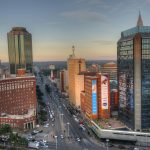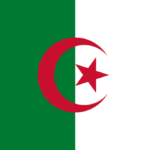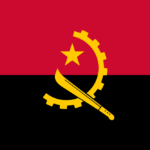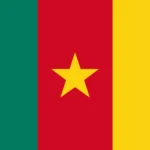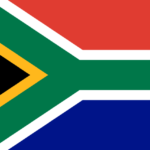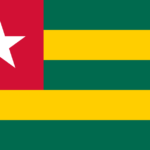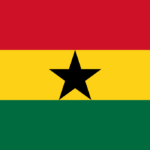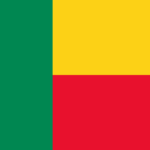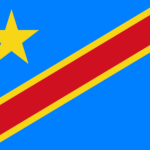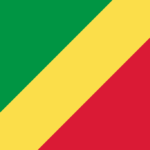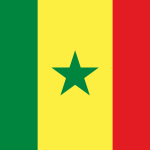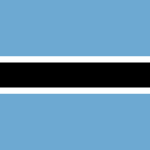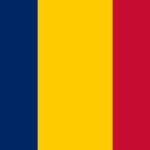Zimbabwe
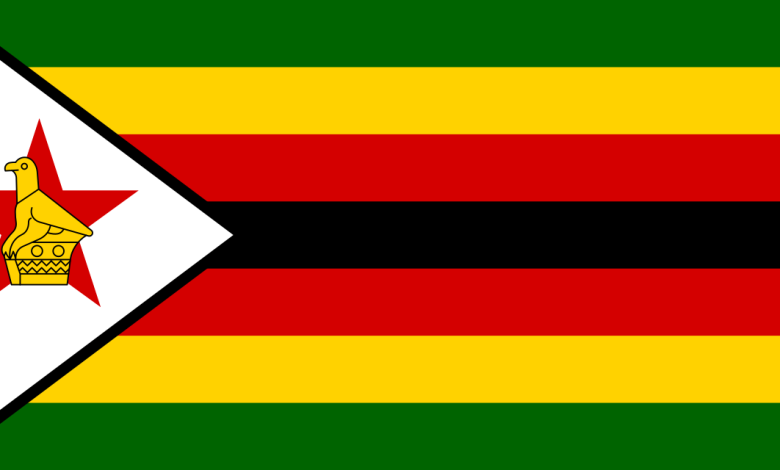
Zimbabwe, a landlocked Southern African nation, captivates visitors with its blend of natural wonders, cultural heritage, and resilient spirit. Its capital, Harare, is a modern African city with a colonial past, reflecting the country’s complex history. Zimbabwe is a multilingual nation, where Shona and Ndebele hold primary importance, with English serving as a key language for business and communication.
Dominated by the elevated central plateau known as the Highveld, Zimbabwe’s geography also includes the Eastern Highlands and the majestic Victoria Falls, known locally as Mosi-oa-Tunya (“The Smoke that Thunders”). Bordered by South Africa, Botswana, Zambia, and Mozambique, Zimbabwe bears witness to a rich history, from the ancient Great Zimbabwe ruins to the struggles of its more recent past. This is a land of potential, fueled by a well-educated population, bountiful natural resources, and the enduring strength of its people.
